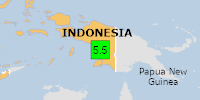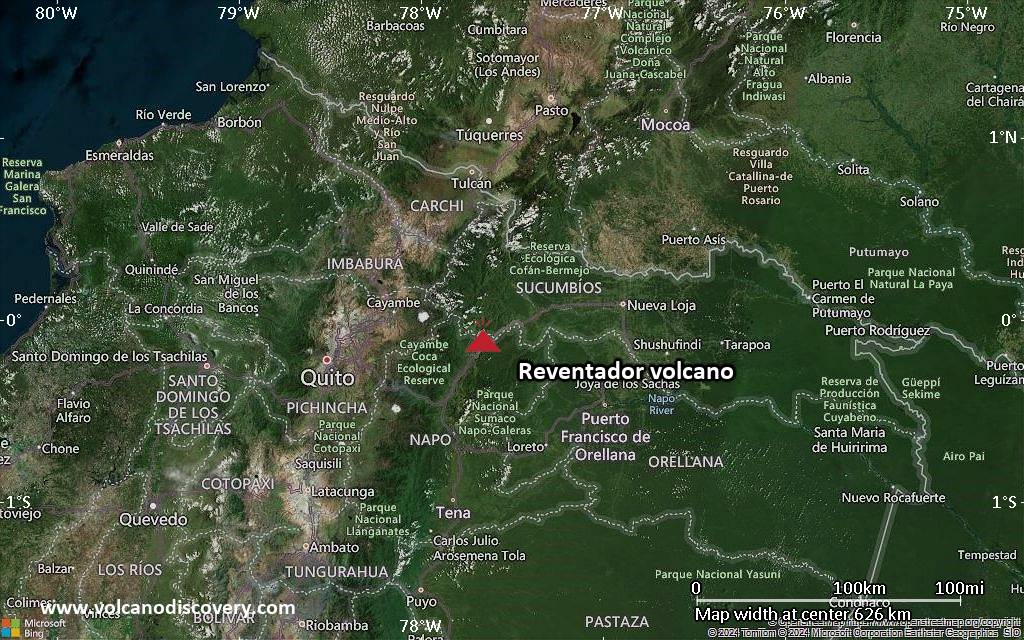RSS feed source: Global Disaster Alert and Coordination Systems (GDACS).
Thu, 10 Apr 2025, 08:01 | BY: EARTHQUAKEMONITOR
Indonesia’s Meteorology, Climatology, and Geophysical Agency reported a magnitude 5.7 quake in Indonesia near Agats, Asmat Regency, South Papua, only 7 minutes ago. The earthquake hit in the afternoon on Thursday, April 10th, 2025, at 4:53 pm local time at a moderately shallow depth of 57. km. The exact magnitude, epicenter, and depth of the quake might be revised within the next few hours or minutes as seismologists review data and refine their calculations, or as other agencies issue their report.
Based on the preliminary seismic data, the quake should not have caused any significant damage, but was probably felt by many people as light vibration in the area of the epicenter.
Weak shaking might have been felt in Agats (pop. 23,900) located 83 km from the epicenter.
VolcanoDiscovery will automatically update magnitude and depth if these change and follow up if other significant news about the quake become available. If you’re in the area, please send us your experience through our reporting mechanism, either online or via our mobile app. This will help us provide more first-hand updates to anyone around the globe who wants to know more about this quake.
If you felt it, report it through our site or app right now!
Download and Upgrade the Volcanoes & Earthquakes app to get one of the
Click this link to continue reading the article on the source website.



